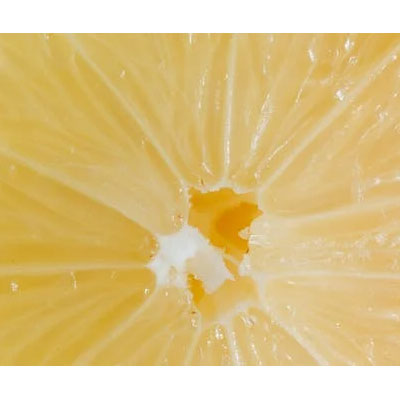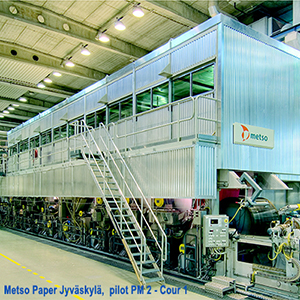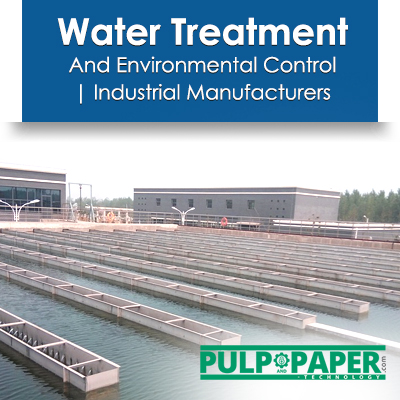Problems and outlooks involved in managing Pulp and Paper Effluent

United States is the one of largest paper consuming segment in the world. It operates four pulp and paper companies in the world which are largest. These four are supplying about 30 percent of paper product internationally. It is obvious that the pulp and paper production inevitably produces waste in its process of generation. Most observed one here is waste water which is generated at end level of pulp and paper process. If organization fails in treating pulp and paper effluent, it is not only pose immediate threats to ecosystem in surroundings but it also invite legal nightmares for the companies in pulp and paper industry for long run.
As largest industrial process water user, pulp and paper industry and its manufacturing stood up at third position in the most polluting industry in North America. So, it is important to understand the pulp and paper effluent characteristics and its impact on environment should be minimized by managing properly.
Limitations in the pulp and paper effluent is among the process involved in manufacturing of pulp and paper particularly kraft pulp processing is for water and energy consumption. Beside the chemical inputs, pulping bleaching processes by industry participants should deal with plethora of pollutants occurs in pulp and paper effluent.
Currently there are major level of pollutants are used for pulp and paper industry as BOD’s and solid pulp and paper processing effluents. Because of large volume of generating waste water, North American major pulp and paper mills are using primary and secondary treatments for treating waste water. These technologies include sedimentation basins, primary clarifiers, activated sludge systems for treatment and settling ponds and aeration basins.
The regulatory requirements to increase demand in pulp and paper products results in processing activities for treat effluent effectively. It is mandatory for pulp and paper mills to regulate effluent treatment for governing bodies. Accordingly, environmental protection agency of U.S. has set its limitations on waste water released from bleaching process and final releases from mills.
The vendor selection is the most important and it is appropriate those end users of industry often opt for supplying of equipments who are familiar with the pulp and paper industry and has reputation in market. A huge number of pulp and paper mill operators are keen in purchasing effluent treating equipments from new vendors with quality, if they meet end user requirements.
Minimizing waste generation besides other industrial processes is the ideal solution for pulp and paper industry. There are certain techniques for reducing pollutants like recycling of log flume water, dry debarking, and bleach filtrate recycle, improved storm water management and closed screen rooms.
The market has availed new technologies for controlling pollution and end users are keen to purchase from new suppliers with nationwide recycling efforts. The pulp and paper industry is well on this aspect to opt from its name from most polluting industries.









